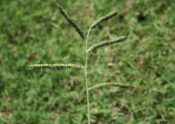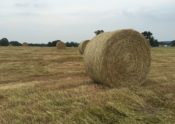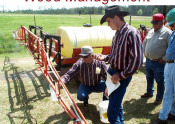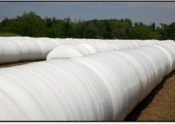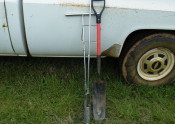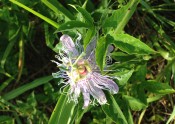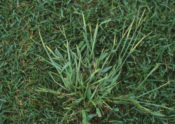
Crabgrass is a warm-season annual grass that is commonly found in pastures and hay meadows in parts of Texas. Relative to other warm-season annual grasses, crabgrass has a low- to medium-yield potential but is high in forage quality. As such, it is often a desirable component in pastures and is sometimes planted for forage in pastures. As is the case with many annual grass species, crabgrass is a prolific seed producer which enables new stands to establish in subsequent growing seasons for summer grazing. Due to its high-volume… Read More →
